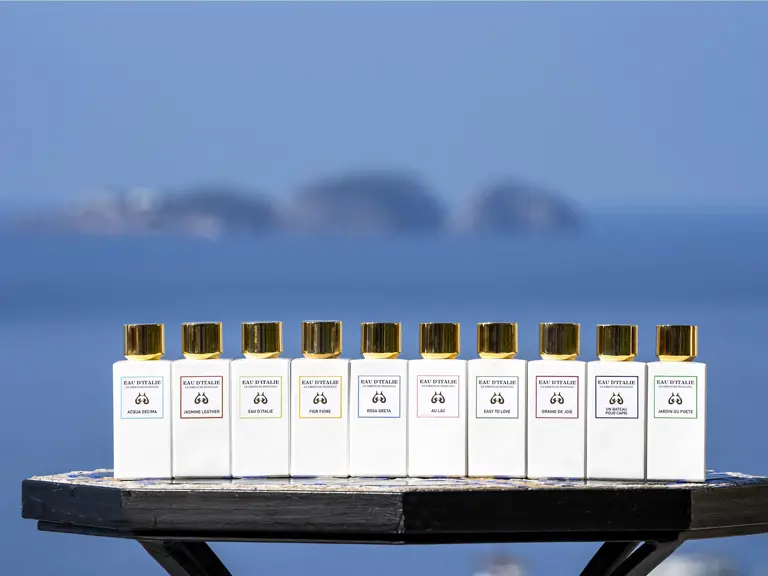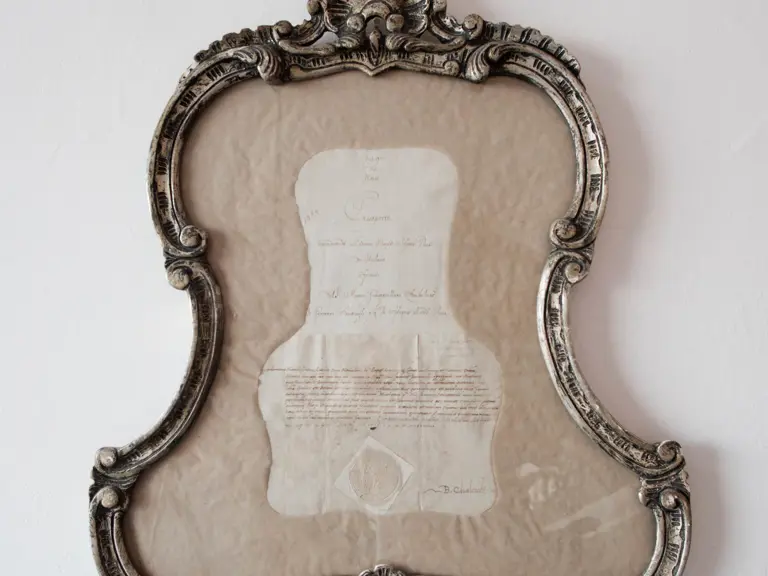SIRENUSE DETAILS 2: THE SOLFATARA PRINT
26.11.2015 LE SIRENUSE
It depicts la Solfatara, the celebrated volcanic site in the Campi Flegrei west of Naples. The print was created for Diderot’s and d’Alembert’s ambitious Encyclopédie of 1751-1772, the Wikipedia of its day.
Inserted in the mineralogy section of the encyclopaedia’s natural history chapter, the print is captioned (we translate from the French): “View of the sulphur mine that is near Pozzuoli in the Kingdom of Naples named Solfatara”. This is followed by a key to the two numbers that the sharp-eyed viewer should be able to spot on the print: “1. Workshop where alum is produced. 2. Boiling spring that appears to be on fire.”
La Solfatara is the crater of a relatively young volcano, formed around 4,000 years ago, which last erupted in 1198, but which still emits jets or fumaroles of hot steam laced with sulphur dioxide. Solid enough to walk on, but noticeably warm underfoot, the crater floor has long been a popular tourist attraction – something that is clear from the print itself. That carriage in the foreground probably contains a party of well-off northern Europeans on the Grand Tour, while near the ‘boiling spring’ behind, another visitor appears to be spurring his reluctant horse on to get as close as possible to the fire and brimstone.
Later, la Solfatara’s thermal waters were channelled into a series of basins for the benefit of visiting grandees like Sir William Hamilton – the husband of the Lady Hamilton famously loved by Lord Nelson – who used to ride here frequently from Naples to bathe in the sulphurous springs and take steam baths. The mining activity referenced in the footnotes had been going on ever since the Imperial Roman period; as well as alum, used as a dyeing agent and a water purifier, artists’ colours such as rosso di Pozzuoli and terra gialla were extracted here.This reproduction of the original black and white print, after a copper engraving by an artist called Benard, has been hand-tinted in watercolours, a technique that was common until the mid-nineteenth century. It was often used, as in the present case, to turn scientific and botanical prints, or old maps, into decorative objects.
Photo © Roberto Salomone
Le Sirenuse Newsletter
Stay up to date
Sign up to our newsletter for regular updates on Amalfi Coast stories, events, recipes and glorious sunsets



